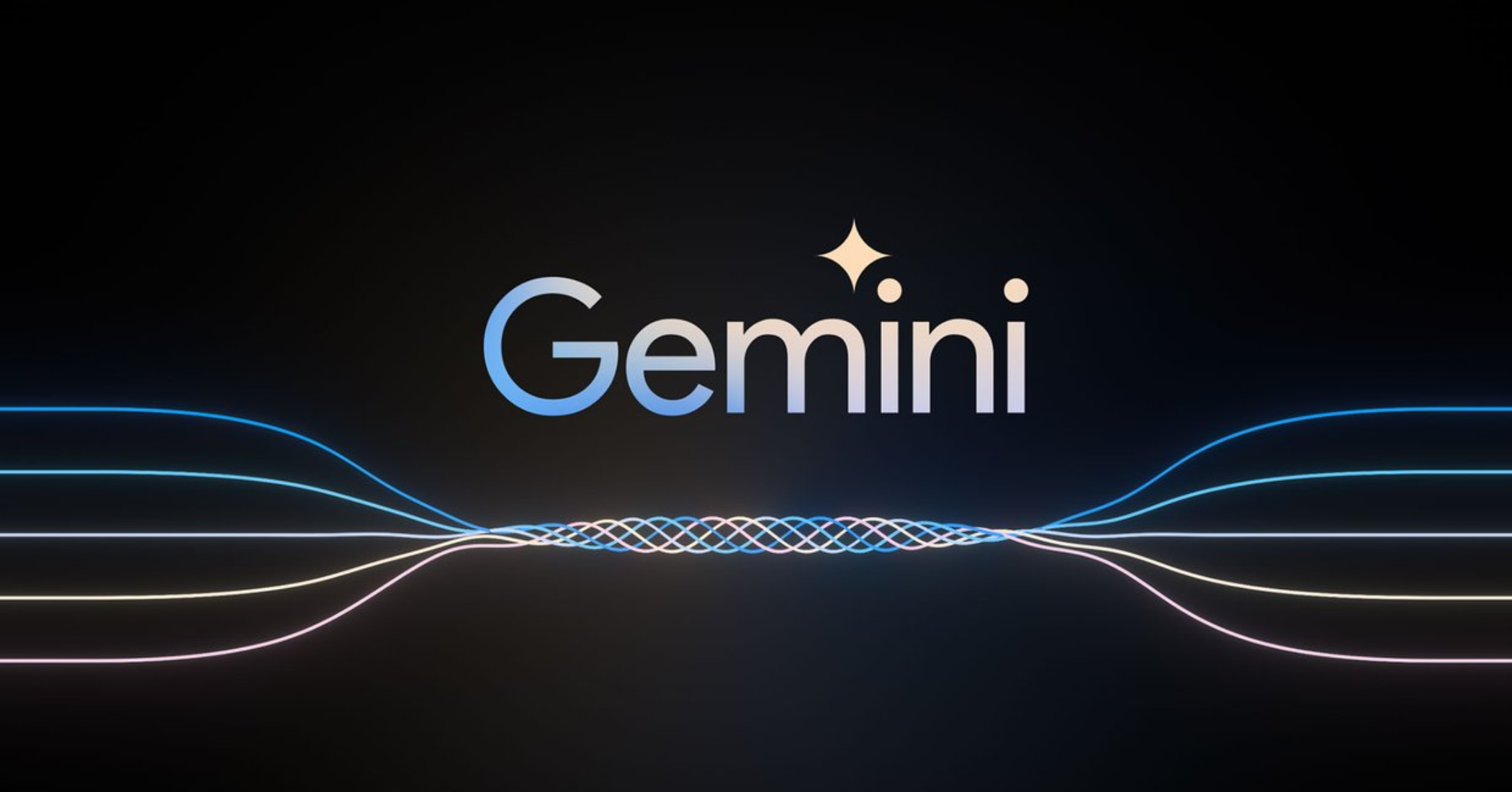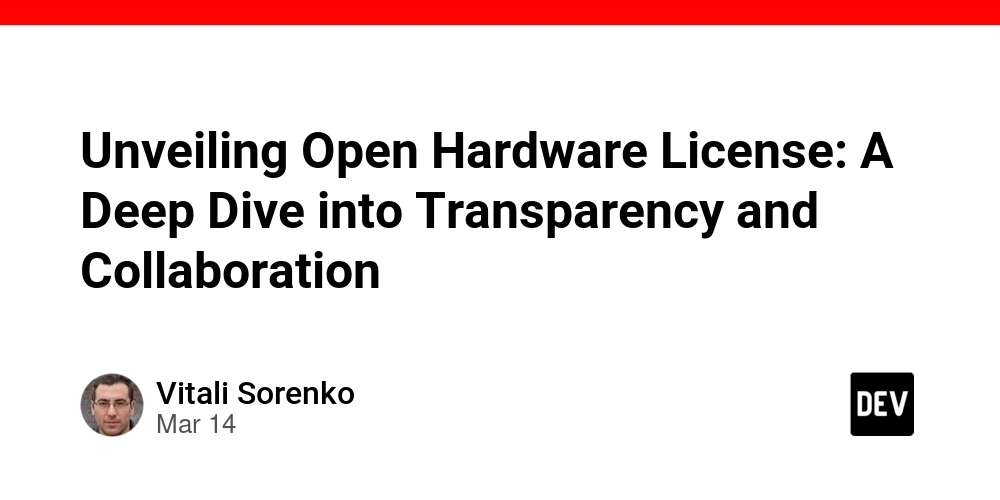The vibes are off
I think Kaparthy got it wrong: // Detect dark theme var iframe = document.getElementById('tweet-1886192184808149383-390'); if (document.body.className.includes('dark-theme')) { iframe.src = "https://platform.twitter.com/embed/Tweet.html?id=1886192184808149383&theme=dark" } Reading the entire X post, one would probably find familarity in his experience, and agree that his insight is fundamentally spot on. But, like he says in his conclusion (emphasisis mine): it's not really coding - I just see stuff, say stuff, run stuff, and copy paste stuff, and it mostly works. The issue is calling it "coding" at all, when (as he asserts initially), that one actually forget[s] that the code even exists. Regardless of whether you think of it as coding, I think the fundamental mistake we're all making is attaching the vibe part of "vibe coding" to the wrong thing. ~ Let's start by considering (and then shelving) the coding part of this new way of developing software. The added layer of abstraction afforded to us by tools like Loveable, Bolt and Replit, seem closer to an evolution of software engineering praxis trending towards more declarative patterns, rather than a revolution of programming entirely. Some readers may be familiar with the "don't call us, we'll call you" principle of Inversion of Control (IoC), in which control flow is yielded upwards rather than propagating downwards. IoC via dependency injection (DI) has been around for a while, gaining popularity in Java thanks to the Spring Framework, and bubbling up to Frontend engineering in frameworks like AngularJs and EmberJS. The core concept of DI, is that instead of an object instantiating a dependency that it needs--thereby coupling the creation of that dependency to the call-site--the recieving object simply declares the interface of the dependency that it actually needs, relegating the construction of that dependency elsewhere. This provides two key benefits: separation of concerns, because the consumer doesn't have to know anything about the dependency other than the declared interface; polymorphism, since any implementor of the declared interface can be injected as a dependency (e.g. a mock object during test-time). More recently, libraries like React expedited the front-end migration away from an imperative paradigm dominated by jQuery, towards a more declarative and idiomatic HTML-like mental model. It's no mistake that as software becomes more and more complex, the levels of abstraction step away from the "how" towards the "what". Instead of the error-prone process of following specific steps and incantations, developers declare the output (or outcome) that they desire, and leave a well designed compiler, injector or framework to do the heavy lifting. ~ Therein lies the crux of our problem. The coding part of vibe coding is actually still pretty structured, and doesn't involve any vibes at all--you declare what you want to achieve, you just use this new programming language called English. You can be as terse or as verbose as you want, and the degree to which you are able to describe your desired outcome affects the quality of the output. When there are errors, you may point to specific parts of your application, or share the exact error message, and tell the model to Just Fix It™. But these are specific and known tasks. You know exactly what you want, and you instruct the model with certainty. As far as I know, no one prompts an LLM to "surprise me" when vibe coding, something that we frequently do when we prompt the human intelligences in our lives. (But feel free to correct me if you do.) The issue is that, with such tools, we're still doing "vibe evaluations". Based on your experience, expertise, and taste, you assess the outputs and ask yourself a few questions: Is the output close enough to what I described in my prompt? How far is this output from an ideal in order to achieve the outcomes that I want from my application / website? What else can I tell the model to improve on? Hopefully you'll notice that these are not falsifiable questions. They're subjective, the options are endless, and the feedback loop you are in does not have a clear, asymptotic end-game. ~ Unlike in pre-generative programming, these new declarative tools do not monotically decrease in error rate. When I use a compiler, framework or factory in my coding workflow, I know that there's a fixed list of errors I can whittle down so that my application will work again. But when I'm coding with an LLM, there are fewer guarantees that new errors won't randomly appear. This is where the vibes come in. Because we've now inverted control of thinking/reasoning back to a computer, what were previously beneficial are now causing uncertainty in a field powered by control and causal expectations. While previously we could interrogate our software development colleagues about their thought processes, we've now completely se
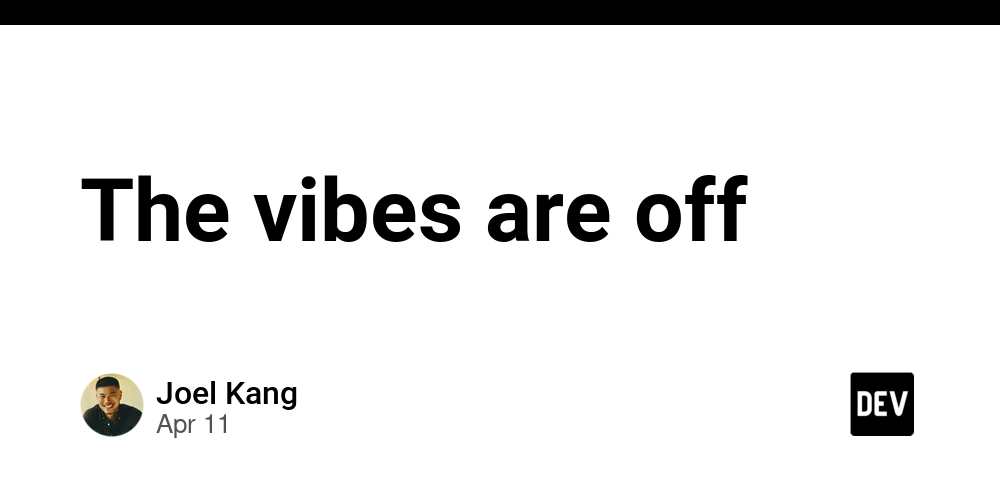
I think Kaparthy got it wrong:
// Detect dark theme
var iframe = document.getElementById('tweet-1886192184808149383-390');
if (document.body.className.includes('dark-theme')) {
iframe.src = "https://platform.twitter.com/embed/Tweet.html?id=1886192184808149383&theme=dark"
}
Reading the entire X post, one would probably find familarity in his experience, and agree that his insight is fundamentally spot on. But, like he says in his conclusion (emphasisis mine):
it's not really coding - I just see stuff, say stuff, run stuff, and copy paste stuff, and it mostly works.
The issue is calling it "coding" at all, when (as he asserts initially), that one actually
forget[s] that the code even exists.
Regardless of whether you think of it as coding, I think the fundamental mistake we're all making is attaching the vibe part of "vibe coding" to the wrong thing.
~
Let's start by considering (and then shelving) the coding part of this new way of developing software.
The added layer of abstraction afforded to us by tools like Loveable, Bolt and Replit, seem closer to an evolution of software engineering praxis trending towards more declarative patterns, rather than a revolution of programming entirely.
Some readers may be familiar with the "don't call us, we'll call you" principle of Inversion of Control (IoC), in which control flow is yielded upwards rather than propagating downwards.
IoC via dependency injection (DI) has been around for a while, gaining popularity in Java thanks to the Spring Framework, and bubbling up to Frontend engineering in frameworks like AngularJs and EmberJS.
The core concept of DI, is that instead of an object instantiating a dependency that it needs--thereby coupling the creation of that dependency to the call-site--the recieving object simply declares the interface of the dependency that it actually needs, relegating the construction of that dependency elsewhere.
This provides two key benefits:
- separation of concerns, because the consumer doesn't have to know anything about the dependency other than the declared interface;
- polymorphism, since any implementor of the declared interface can be injected as a dependency (e.g. a mock object during test-time).
More recently, libraries like React expedited the front-end migration away from an imperative paradigm dominated by jQuery, towards a more declarative and idiomatic HTML-like mental model.
It's no mistake that as software becomes more and more complex, the levels of abstraction step away from the "how" towards the "what".
Instead of the error-prone process of following specific steps and incantations, developers declare the output (or outcome) that they desire, and leave a well designed compiler, injector or framework to do the heavy lifting.
~
Therein lies the crux of our problem.
The coding part of vibe coding is actually still pretty structured, and doesn't involve any vibes at all--you declare what you want to achieve, you just use this new programming language called English.
You can be as terse or as verbose as you want, and the degree to which you are able to describe your desired outcome affects the quality of the output. When there are errors, you may point to specific parts of your application, or share the exact error message, and tell the model to Just Fix It™.
But these are specific and known tasks. You know exactly what you want, and you instruct the model with certainty. As far as I know, no one prompts an LLM to "surprise me" when vibe coding, something that we frequently do when we prompt the human intelligences in our lives. (But feel free to correct me if you do.)
The issue is that, with such tools, we're still doing "vibe evaluations". Based on your experience, expertise, and taste, you assess the outputs and ask yourself a few questions:
- Is the output close enough to what I described in my prompt?
- How far is this output from an ideal in order to achieve the outcomes that I want from my application / website?
- What else can I tell the model to improve on?
Hopefully you'll notice that these are not falsifiable questions. They're subjective, the options are endless, and the feedback loop you are in does not have a clear, asymptotic end-game.
~
Unlike in pre-generative programming, these new declarative tools do not monotically decrease in error rate.
When I use a compiler, framework or factory in my coding workflow, I know that
there's a fixed list of errors I can whittle down so that my application will
work again. But when I'm coding with an LLM, there are fewer guarantees that new
errors won't randomly appear.
This is where the vibes come in.
Because we've now inverted control of thinking/reasoning back to a computer, what were previously beneficial are now causing uncertainty in a field powered by control and causal expectations.
While previously we could interrogate our software development colleagues about their thought processes, we've now completely separated the concerns of the "how" and the "what" since we don't really know what these LLMs are doing. Polymorphism corrupts into hallucinations that don't engender trust and confidence.
Current explorations in control exist as bandaids on top of these probabilistic systems: guardrails, guard models and prompting best practices act to force determinism out of a statistical machine, but it keeps finding new ways to surprise us.
~
Evaluation has always been a little bit vibey, though. What passes muster for trendy, beautiful, or good, is an ongoing human project.
As a species, we construct descriptive frameworks and prescriptive philosophies, bundling them into different schools of thought, methodologies and religions to artifically demarcate what is beautiful and good. But what is good now, may not always be good, and what was once cringe, is cool again.
When we evaluate the outputs of our human colleagues, we lean on the protections of education and meritocracy to convince ourselves that these evaluations will lead to better outcomes and translate to career progression (for them and for us). Pull requests are more about context sharing than catching bugs, which can already be automated away, or delegated to existing tools. Moving up the automation/abstraction ladder doesn't change the fact that as long as evaluations are done by humans, there is an aspect of bias and subjectivity.
What is interesting (and the topic of another post) is when we completely relegate the responsibility of performing evaluations:
I "Accept All" always, I don't read the diffs anymore.
But until that becomes admissible beyond hobby projects, this actually appears just business as usual. Instead of vibe coding, we're simply declaratively coding, this time just in English. We are "vibe perceiving", "vibe assessing" and "vibe evaluating", but this seems no different than the forms not prefixed with "vibe"s.
Perhaps, then, this is not a new paradigm, but rather a continuation of how we've always been: just out here vibin'.










































































































































































![[The AI Show Episode 144]: ChatGPT’s New Memory, Shopify CEO’s Leaked “AI First” Memo, Google Cloud Next Releases, o3 and o4-mini Coming Soon & Llama 4’s Rocky Launch](https://www.marketingaiinstitute.com/hubfs/ep%20144%20cover.png)














































































































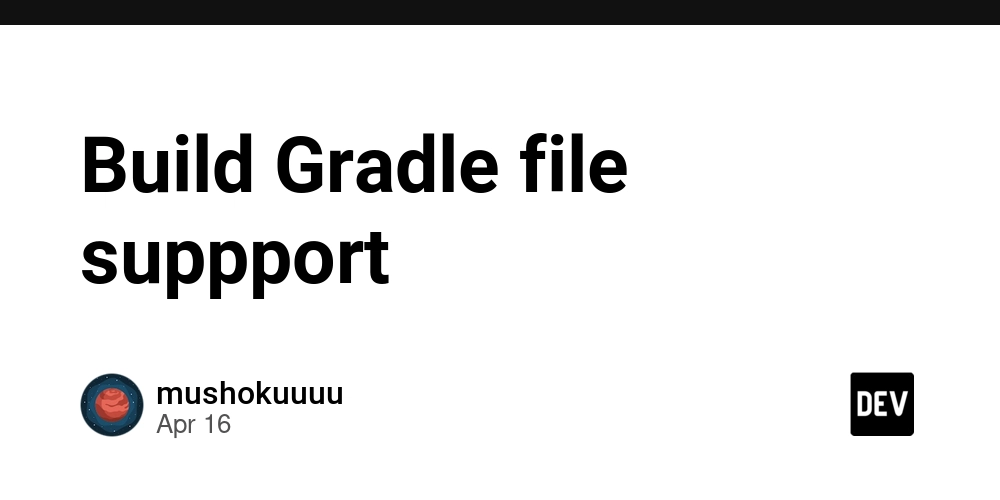

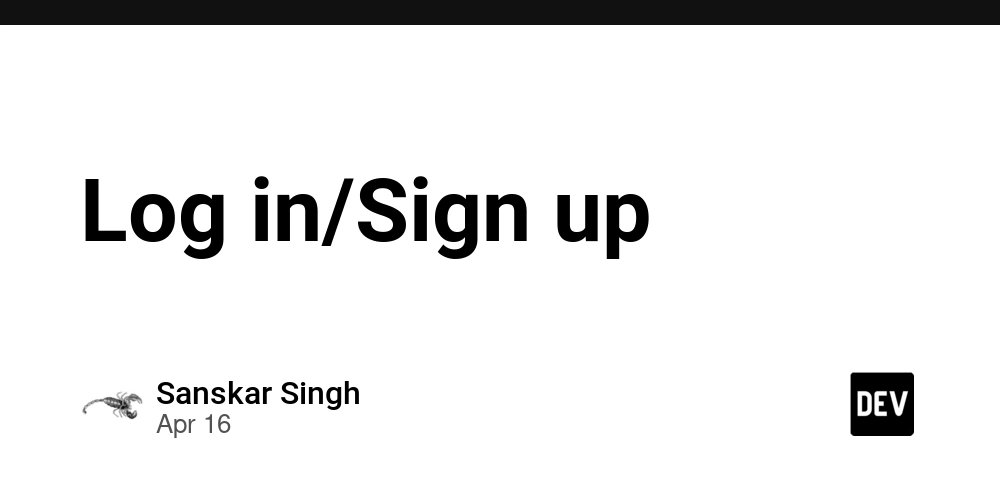






















































































![Blue Archive tier list [April 2025]](https://media.pocketgamer.com/artwork/na-33404-1636469504/blue-archive-screenshot-2.jpg?#)

































.png?#)








-Baldur’s-Gate-3-The-Final-Patch---An-Animated-Short-00-03-43.png?width=1920&height=1920&fit=bounds&quality=70&format=jpg&auto=webp#)





























.webp?#)






















































































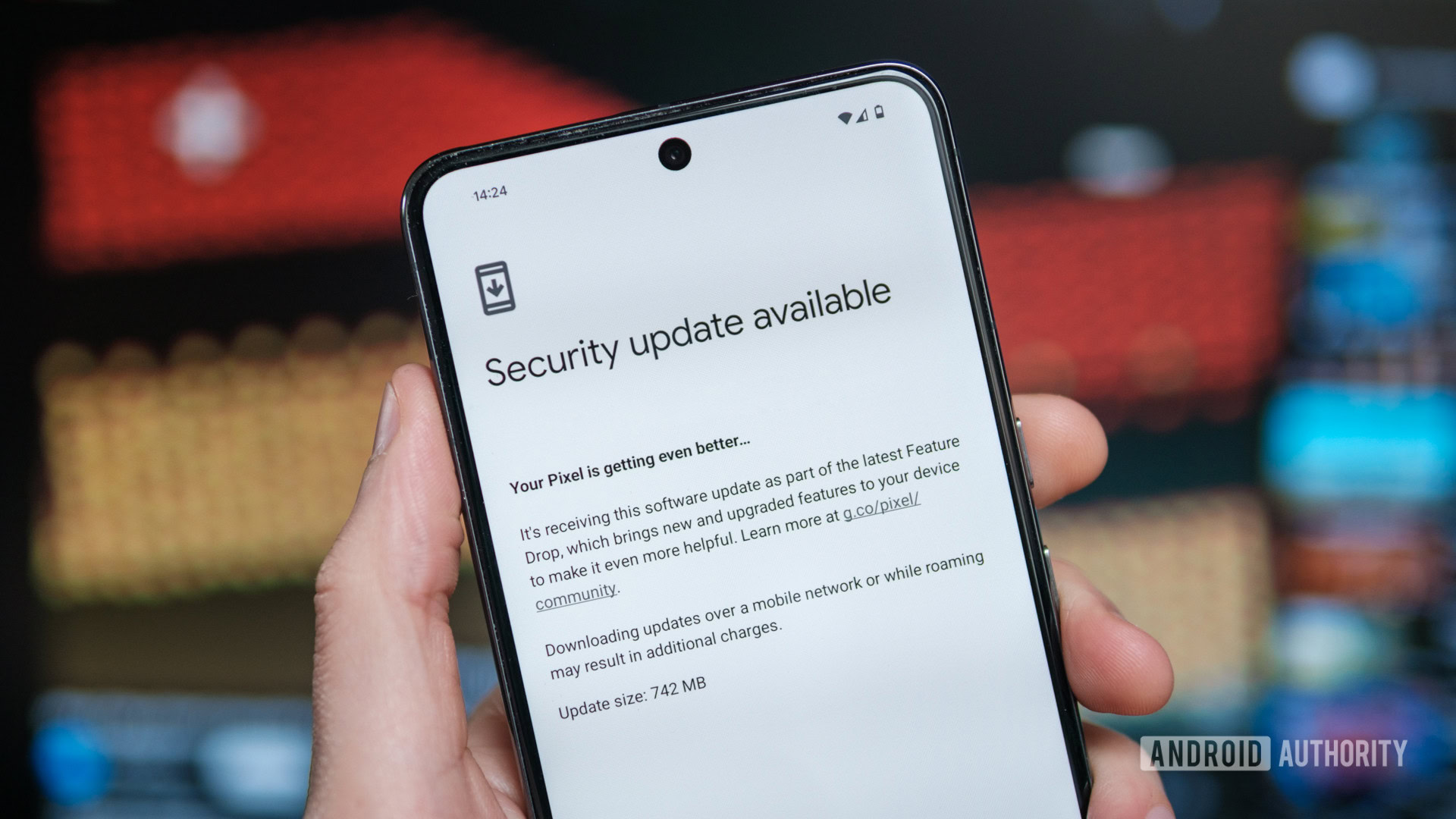



















![Apple to Split Enterprise and Western Europe Roles as VP Exits [Report]](https://www.iclarified.com/images/news/97032/97032/97032-640.jpg)
![Nanoleaf Announces New Pegboard Desk Dock With Dual-Sided Lighting [Video]](https://www.iclarified.com/images/news/97030/97030/97030-640.jpg)

![Apple's Foldable iPhone May Cost Between $2100 and $2300 [Rumor]](https://www.iclarified.com/images/news/97028/97028/97028-640.jpg)







































































